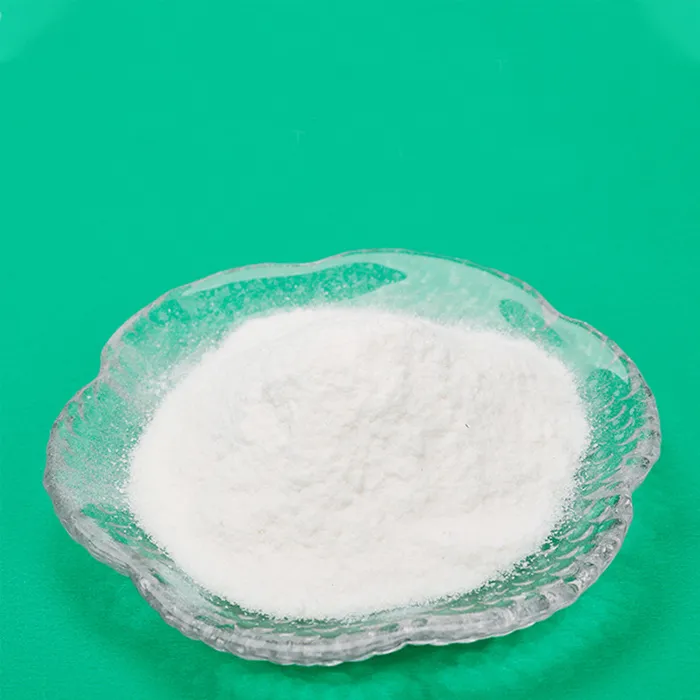What Does a Plasticiser Do?
Plasticisers are chemical additives used to increase the flexibility, workability, and extensibility of materials, particularly polymers. The primary role of a plasticiser is to modify the physical properties of a material, allowing it to be more pliable and easier to process. They are most commonly associated with polyvinyl chloride (PVC) but are also utilized in various other polymers, making them essential in a wide range of industries.
The Chemistry of Plasticisers
Plasticisers are typically low-molecular-weight compounds that intersperse themselves between the polymer chains. By embedding themselves within the structure, they reduce the intermolecular forces that hold the polymer chains together, enabling them to slide past each other more easily. This reduction in rigidity enhances flexibility and lowers the viscosity of the material, making it more workable during manufacturing processes such as extrusion and molding.
The most common plasticisers include phthalates, adipates, and citrates. Phthalates have historically been the most widely used due to their effectiveness and cost efficiency. However, concerns over certain phthalates' health and environmental impact have led to increased scrutiny and a push towards safer alternatives, such as bio-based plasticisers.
Applications of Plasticisers
Plasticisers have a wide array of applications across various sectors. In construction, they are crucial for making flexible yet durable construction materials such as pipes, cables, and flooring. In the automotive industry, they enhance the performance of components such as interiors and insulation, contributing to better safety and comfort.
In the consumer goods sector, plasticisers play a vital role in manufacturing everyday products like toys, medical devices, and packaging materials. They ensure that materials can withstand daily use while maintaining the necessary safety and performance standards. For instance, in medical applications, plasticisers can enhance the flexibility and clarity of polyvinyl chloride used in tubing or blood bags, ensuring better functionality in critical healthcare situations.
what does a plasticiser do

The Benefits of Plasticisers
The benefits of plasticisers extend beyond mere flexibility. By modifying the physical properties of polymers, they can enhance durability and resistance to various environmental factors, including temperature fluctuations and moisture. This can prolong the lifespan of products and reduce maintenance costs over time.
Additionally, plasticisers improve the overall processing of materials. Manufacturers benefit from shorter cycle times, reduced energy consumption, and minimized wear on machinery during production. This translates into economic advantages, making the use of plasticisers a win-win situation for producers looking to optimize both costs and quality.
Environmental and Health Considerations
While plasticisers offer numerous advantages, they are not without concerns, particularly regarding their environmental and health impacts. Some traditional plasticisers, especially certain types of phthalates, have raised alarms due to their potential endocrine-disrupting properties. This has led to regulatory changes and a growing market for more sustainable and safer alternatives.
As a response to these concerns, the industry is increasingly turning to non-toxic, bio-based plasticisers derived from renewable sources. These alternatives are designed to deliver similar performance characteristics while minimizing health risks and environmental impact.
Conclusion
In summary, plasticisers play a crucial role in the modification of polymers, enhancing their flexibility, processability, and durability. They are pivotal in numerous industries, from construction and automotive to consumer goods. However, as awareness of health and environmental concerns continues to rise, the industry is evolving towards safer, more sustainable plasticiser options. Thus, the future of plasticisers not only hinges on performance but also incorporates a strong commitment to ecological responsibility and consumer safety. This evolutionary path will undoubtedly shape the role of plasticisers in material science for years to come, reinforcing their importance in modern manufacturing while addressing the pressing challenges of sustainability.

